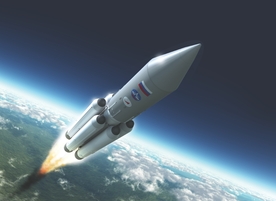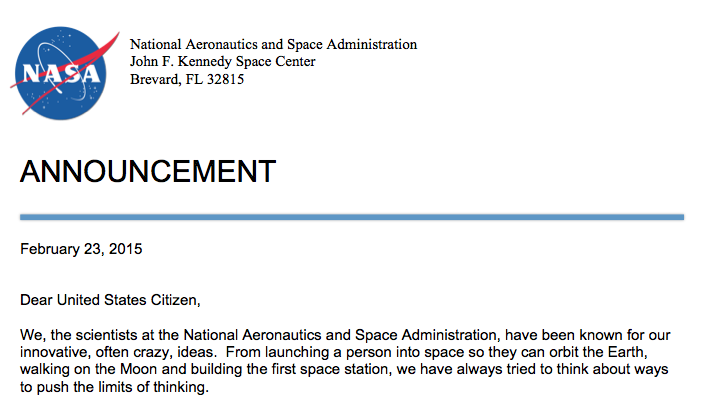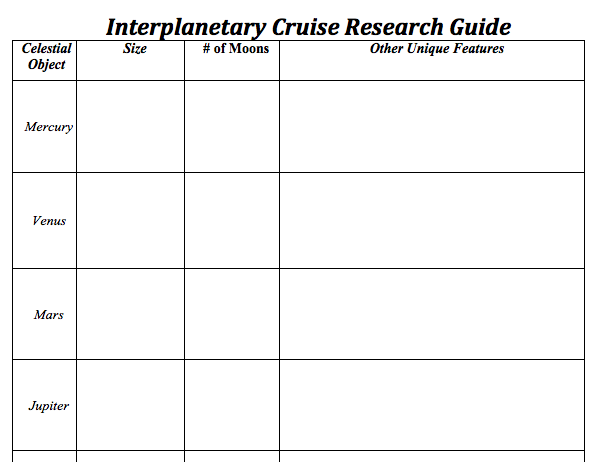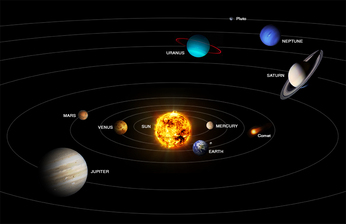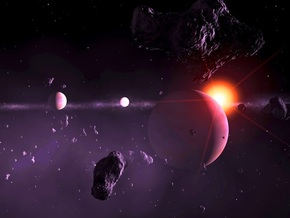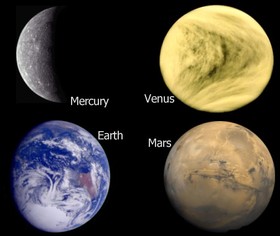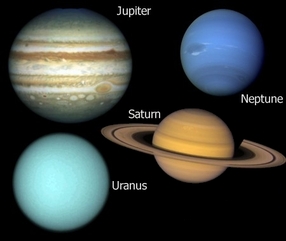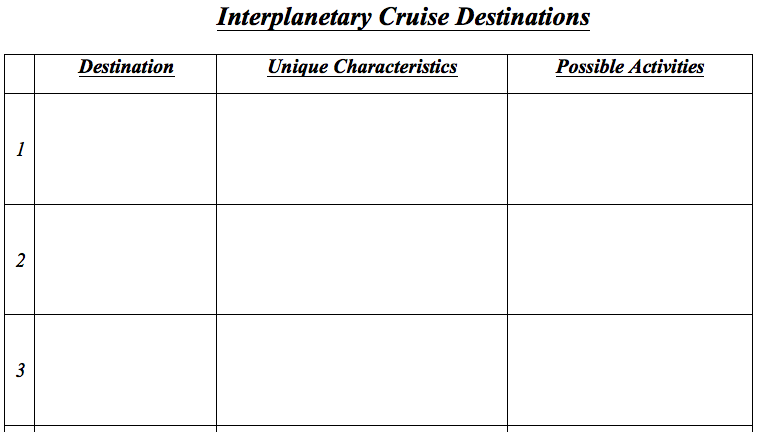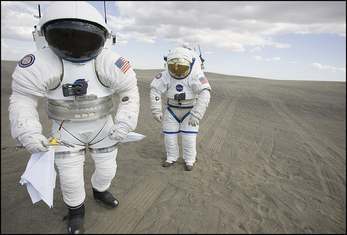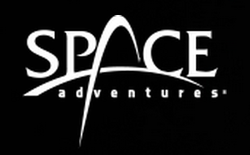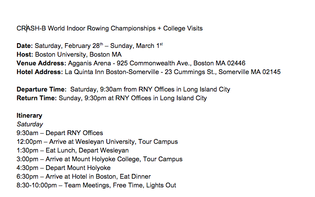Interplanetary Space Cruise
|
Task: NASA is competing against private companies, such as SpaceX, to develop space journeys from
the Earth to Mars and eventually returning to Earth. But, what if it doesn’t
stop there? Imagine a time when you could travel from the Earth to explore our
largest planet, Jupiter, and its moons? Or, envision traveling to our
second-closest star, Alpha Centauri?
Your team of astronauts has been asked to design this new interplanetary cruise for NASA. Your team's cruise should include
Your project can take the form of a video, website, or another advertising medium |
|
Project Resources & Rubric
Step 1: Solar System Research
Use the resources below to learn more about the star, planets, asteroids, comets, and other objects found in our Solar System.
Step 2: Cruise Destinations
Step 3: Living & Traveling in space
As responsible businesswomen, you will want to make sure your customers are safe as they travel through space. Click on the picture below to learn more about living in space.
Step 4: advertising your product
As a group, choose a product that you will be using to advertise your Space Cruise. Possibilities could include a video, a website, or billboard and posters.
Check out these examples of travel advertisements. How do the advertisers try to persuade their customers?
Check out these examples of travel advertisements. How do the advertisers try to persuade their customers?
Itinerary Example: Itineraries help travellers know what events will be happening, where they will be happening, what time they will be happening, and for how long. Here is an example of an itinerary.
Step 5: Production
As a group, you will need to spend some time producing and creating your product. You will have March 4, 5, 6, and 9 as work days. Your final product needs to be ready for its debut on March 10.
